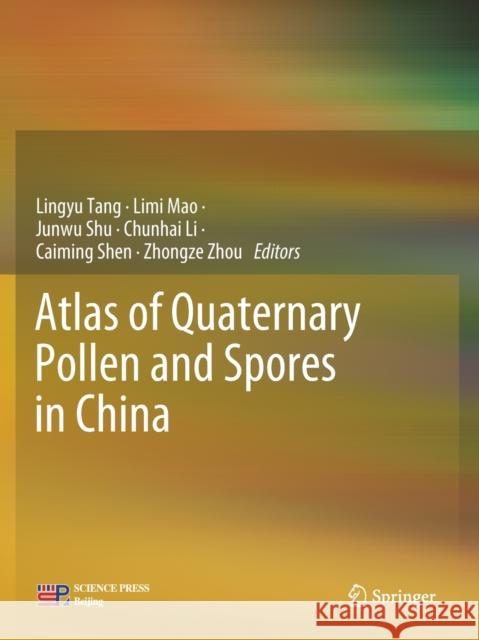Atlas of Quaternary Pollen and Spores in China » książka
topmenu
Atlas of Quaternary Pollen and Spores in China
ISBN-13: 9789811371059 / Angielski / Miękka / 2021 / 578 str.
Atlas of Quaternary Pollen and Spores in China
ISBN-13: 9789811371059 / Angielski / Miękka / 2021 / 578 str.
cena 805,10
(netto: 766,76 VAT: 5%)
Najniższa cena z 30 dni: 771,08
(netto: 766,76 VAT: 5%)
Najniższa cena z 30 dni: 771,08
Termin realizacji zamówienia:
ok. 22 dni roboczych
Dostawa w 2026 r.
ok. 22 dni roboczych
Dostawa w 2026 r.
Darmowa dostawa!
Kategorie:
Kategorie BISAC:
Wydawca:
Springer
Język:
Angielski
ISBN-13:
9789811371059
Rok wydania:
2021
Wydanie:
2020
Ilość stron:
578
Waga:
1.31 kg
Wymiary:
27.94 x 20.96 x 3.07
Oprawa:
Miękka
Wolumenów:
01
Dodatkowe informacje:
Wydanie ilustrowane











